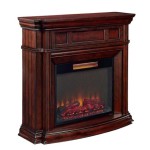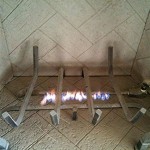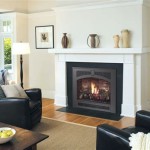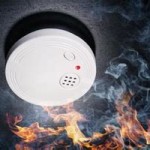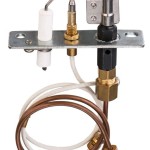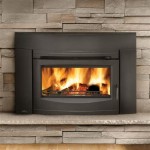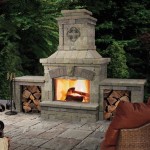Non-Vented Gas Fireplaces: An Essential Guide
Non-vented gas fireplaces offer a convenient and efficient way to add warmth and ambiance to your home without the need for a traditional chimney or venting system. These fireplaces use natural gas or propane as fuel and operate by burning the gas in a sealed chamber. As a result, non-vented gas fireplaces are considered safer and more energy-efficient than traditional wood-burning fireplaces.
However, it's important to understand the essential aspects of non-vented gas fireplaces before making a purchase. Here are some key considerations:
1. Safety Features
Non-vented gas fireplaces must meet strict safety standards to ensure that they operate safely within your home. Look for fireplaces that have been certified by a reputable organization, such as the American National Standards Institute (ANSI) or the Gas Appliance Manufacturers Association (GAMA). These certifications indicate that the fireplace has undergone rigorous testing and meets all applicable safety requirements.
2. Fuel Source
Non-vented gas fireplaces can be powered by either natural gas or propane. Natural gas is typically more affordable and easier to obtain in urban areas, while propane can be a better option for rural homes that do not have access to natural gas lines. Consider the availability and cost of each fuel source in your area before making a decision.
3. Heating Efficiency
Non-vented gas fireplaces are designed to provide supplemental heat to a room. They are not intended to be the primary source of heating for your entire home. However, the heating efficiency of a fireplace is an important factor to consider. Look for fireplaces that have a high heating output and a low energy consumption rating.
4. Installation Requirements
Non-vented gas fireplaces must be installed by a qualified professional. The fireplace must be installed according to the manufacturer's instructions and local building codes. Proper installation is essential to ensure the safe and efficient operation of the fireplace.
5. Maintenance
Non-vented gas fireplaces require regular maintenance to keep them operating safely and efficiently. This includes cleaning the fireplace, inspecting the gas lines, and having the fireplace serviced by a professional on a yearly basis. Regular maintenance will help to extend the life of your fireplace and prevent any potential problems.
By considering these essential aspects, you can make an informed decision about whether a non-vented gas fireplace is right for your home. These fireplaces offer a convenient and efficient way to add warmth and ambiance to your home, but it's important to choose a fireplace that meets your needs and safety requirements.
:max_bytes(150000):strip_icc()/ventless-gas-fireplaces-4160746-hero-f9d4bdcd9bd446eb84406de306f790ba.jpg?strip=all)
How To Pick Out A Ventless Gas Fireplace

What Is A Ventless Gas Fireplace Experts In Gaithersbutg Md

Ventless Gas Fireplace Propane

Vent Free Gas Fireplaces Inserts Stoves Napolis Godby Hearth And Home

Ventless Gas Fireplace Vent Free Modern

Duluth Forge Dual Fuel Ventless Gas Fireplace 26 000 Btu T Stat Control Antique White Finish Com

Pleasant Hearth 18 Dual Fuel Wildwood Vent Free Gas Log Set 30 000 Bt

Vent Free Inserts White Mountain Hearth

Vent Free Archives SÓlas Contemporary Fireplaces

Procom Universal Ventless Firebox 170016 The Home Depot
Related Posts

